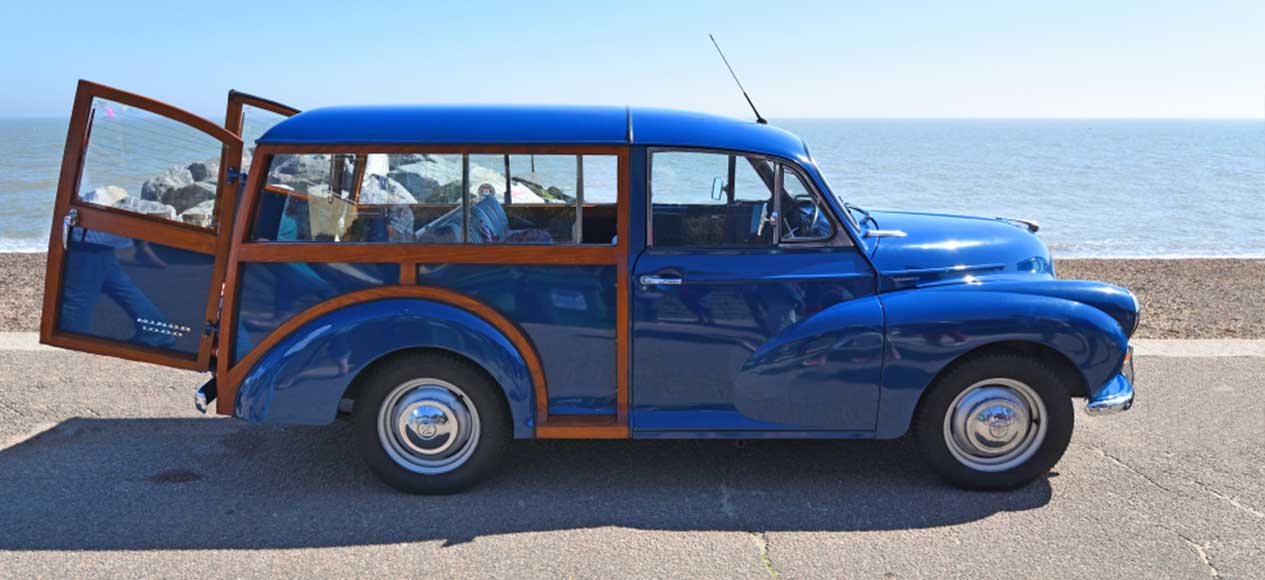A Brief History of Woodies

During the early days of car manufacturing, using steel for a body was more expensive than using wood. For centuries, wood had been a material that companies knew how to work with. Over time, steel became easier to utilise, with wood gradually being phased out as the main design material. Eventually, wood became a luxury material that developed into a specific style called a woodie. The style incorporated wood into rear bodywork and we’re looking into the history of woodies to see how they evolved over time.
Origins
After steel became the dominant car substance, wood continued to be used by custom-body builders. Customers wanted the ‘warm’ look of wood, as it recalled an old-fashioned charm. During the 1930s and ‘40s, woodies were produced as variants of sedans, convertibles and station wagons. Perhaps the earliest mass-produced woodie was the 1929 Model A.The earliest woodies were manufactured by local carpenters and well known coachbuilding companies, with the designs becoming increasingly niche. One of the most luxurious examples of a woodie was the Chrysler Town & Country. Produced in 1941, the car debuted as an 8-passenger station wagon and became the first woodie with an all-steel roof.The UK had its fair share of woodies, as seen from the Morris Minor Traveller. The Traveller featured an ash wood frame and side-hinged rear doors. Offered by the British Motor Corporation, the Traveller was the last true mass-produced woodie in the UK.
Transition into simulated wood grain
Eventually, woodies stopped being constructed out of actual wood. Manufacturers started to construct them with simulated wood grain that took the form of sheet-vinyl appliques. Sometimes, they were enhanced with three-dimensional simulated framework. Simulated wood grain became prevalent throughout the 1960s and ‘70s, with the Ford Pinto Squire and Chevy Vega Kammback wagon being two examples.Eastern countries like Japan tended to shy away from woodies, but Mazda did venture into the territory with an alternate version of the 1972 Mazda Luce. Honda also had their say with the 1980 Honda Civic station wagon.A modern example of a woodie is the 2010 Smart Fortwo, but it’s debatable as to whether it was a creative misstep by the designers.As a body style, woodies have an important place in the history of cars. It could be argued the classic wood-based motors were the best looking, as they evoked the true beauty of the style.


